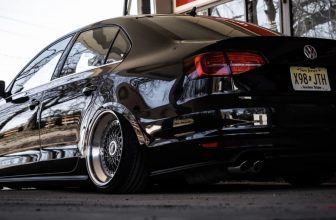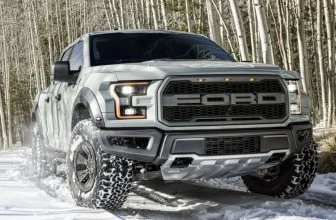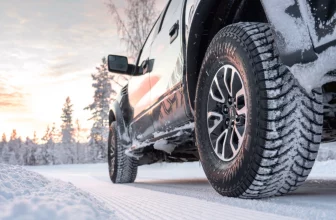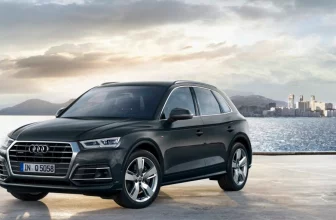Looking for low-profile tires? Our team of experts narrowed down the best low-profile tires on the market. Read this review and save yourself time and money.
What are Low Profile Tires?
Low-profile tires are tires whose profile (aspect ratio) is less than or equal to 50% (less often 55%).

Low-profile tires feature significantly thinner sidewall height than standard tires. Its structure involves a wider tread pattern which improves traction on the surface. The tire is less bouncing since there is less flexibility as a result of the decreased amount of air.
Usually, low-profile tires give significantly improved handling especially at high speeds which makes them frequently used by sports vehicle enthusiasts, who like to enjoy their ride on various car tracks rather than conventional roads.
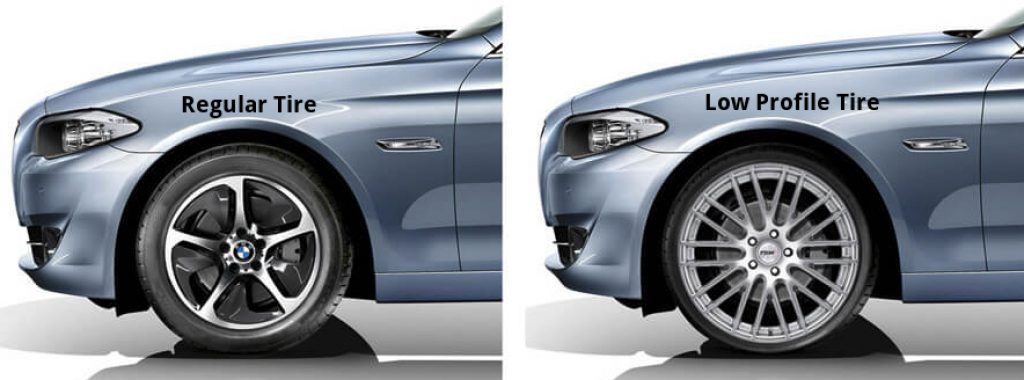
Advantages and Disadvantages of Low Profile Tires
Before replacing a regular tire with a low profile counterpart, it is good to know what is going to expect you in this case. Below you will find the pros and cons of low-profile tires.
Pros
– Appearance. A lot of car lovers resort to low profile due to the look it brings to their vehicles. If you have a set of nice rims, low-profile tires will even distinguish them.
– Improved traction and contact patch. Low profile tires provide a decent grip and handling, thanks to the rubber compound stiffness which makes them stable, and high speeds and corners making these tires widely applicable on sport cars.
Cons
– Ride comfort. Low-profile tires due to reduced sidewall are very sensitive to any road imperfections, meaning that hitting any small rock or tree branch will result in transmission through the steering wheel with unpleasant noise from the tires.
– Avoid potholes and bumps. When you are running low-profile tires, you have to be aware that any potholes or bumps on the road have to be avoided or passed at low speed if there are many of them to prevent rim and tire damage.
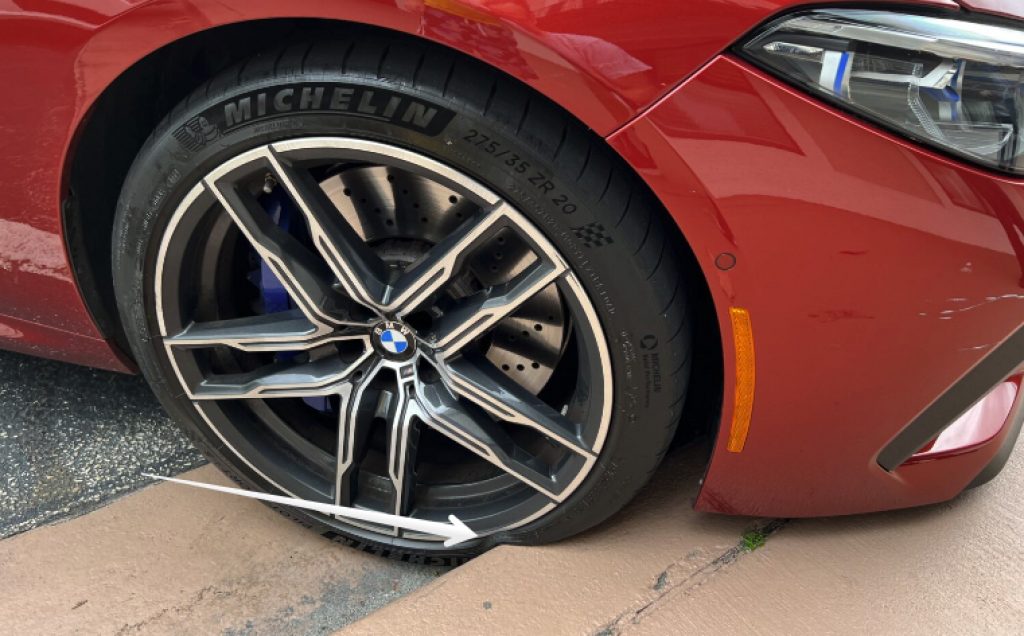
Types of Low Profile Tires
Like regular ones, low-profile tires can be summer, all-season, winter, and touring. Every type has its properties intended for certain weather and surface conditions, with unique features of handling, traction, and ride quality.
Summer
Summer tires are created to deliver top performance on dry roads. Their main advantages are improved cornering, braking, and steering responsiveness on the dry tarmac. Such features are possible thanks to specific tread pattern designs and materials which enhance driving on the road.
For the best possible traction on the road, certain low-profile summer tires include tread designs with fewer grooves. They have more flexible rubber compositions for increased traction.
All-Season
Low-profile all-season tires provide grip and decent handling throughout the year. Due to their tread patterns and materials, which stay flexible in all weather situations, they offer year-round traction.
The majority of tread designs are symmetrical, with water-evacuating grooves and sipes on them. All-season tires provide a quiet and comfortable ride. They show their performance in both dry and wet weather and have good snow traction.
Winter
Winter tires were created to provide grip and passability whether it’s snow or ice on the road. Winter tires feature deep grooves and treads that remove slush from the contact patches. Moreover, tires may use studs for additional traction on the snow surface.
Low-profile winter tires are made with soft rubber materials to preserve on-road grip if temperature increases. It’s important to keep in mind, though, that these tires make noise at greater speeds due to their unique tread patterns.
Touring
Grand touring tires are usually associated with responsive handling and stable all-season traction. These low-profile tires are characterized by a greater speed rating and in most cases use an asymmetric tread pattern.
Low-profile touring tires are designed to decrease noise and make any road bumps or potholes far less noticeable, so the driver and passengers won’t sacrifice their comfort. Touring tires are usually long-lasting due to their tread pattern design, good steering response, and joyful ride without road noise coming.
Grand-Touring Tires are the Best Choice for the Average Driver
Grand-touring tires with low-profile sidewalls are a decent choice both for drivers and passengers for long distances or just for a family trip.
These tires could be applied on mid-size sedans, sport sedans, crossovers, SUVs, and many other vehicles. The main advantage of the grand-touring tires is the ride quality and comfort they deliver in comparison to regular low-profile tires. If you are looking for low-profile tires, but don’t want to sacrifice your ride comfort, touring tires will be a nice option delivering quiet and delight while driving.
Be aware that the lowest tire profile will accompany you with noise and stiffness on the road.
Grand-touring low-profile tires are great for everyday usage. On the road, they provide good grip whether it’s dry or wet weather conditions. Steering response and braking are also amazing.
Grand-touring tires were created to deliver a decent level of comfort on the road and provide their owner with practicality and durability, but if you are a car enthusiast who wants to get maximum performance with sharp handling, these tires may not be a good choice.
More Responsive Handling
Low-profile tires have reduced sidewall thanks to which the vehicle handling feels more precise especially at corners or driving at high speed. When a car passes through corners at high speed, the low-profile tire decreases the force that shakes the car body, so the vehicle preserves its grip and stability.
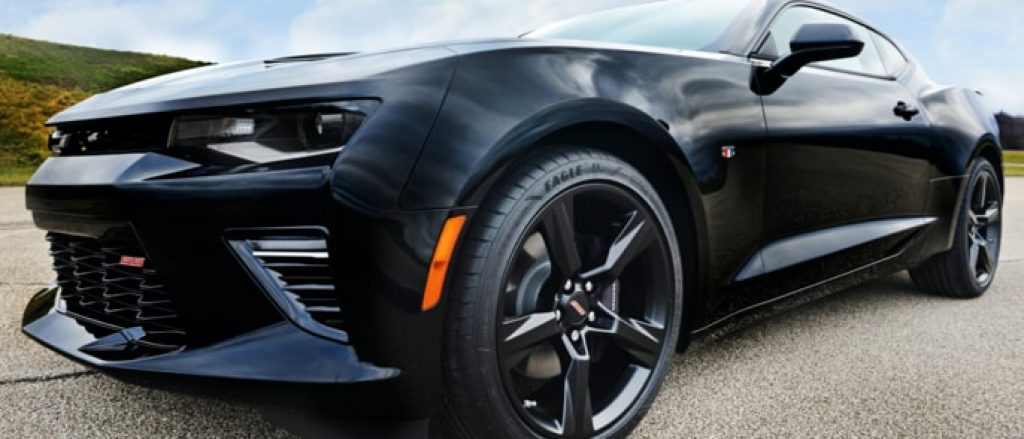
Consider Climate Fluctuations
Car tires are always affected by weather changes. If it’s cold – the pressure in the tires decreases leading to underinflation, if it’s hot – the tires become overinflated. So it is important to check your tire pressure when the weather changes from hot to cold and vice versa.
Much wider than regular, low-profile tires have higher traction on road surfaces. Additionally, if they have a directed tread pattern, it gives them an advantage over regular tires when driving in the rain. If directional low-profile tires are mounted in the wrong direction, it may cause hydroplaning.
In comparison with regular, low-profile tires are much more susceptible to climate fluctuations. The best time to use low-profile tires is in summer when it’s warm. If you are living in a country with frequent cold or even freezing weather conditions, low-profile tires may not be a good choice for you. The low-profile tires have poor rain and snow performance which certainly affects the traction and handling of the car.
Key Features
So, you have decided to afford a set of low-profile tires for your vehicle, but don’t know what aspects should be considered. Well, our short guide will help to define what to pay attention to!
Tire Type
Every car tire has its tread pattern and features. For instance, all-season tires are great for changing weather conditions, but not for harsh ones. Summer tires, thanks to their large tread blocks provide excellent grip on the dry surface. Winter tires are developed to meet ice and snow, preserving grip and handling. Touring tires deliver decent ride quality without sacrificing comfort.
Size
The size of your low-profile tires is the next crucial aspect you should consider. The wrong size won’t fit your vehicle. Let’s take the standard tire measurements, for example, 255/50R18. The tire’s width in millimeters is represented by the first three figures, 255. The sidewall height of a tire is indicated by the number 50. The “R” indicates radial tires, in which layers run radially across the tire. The wheel diameter, which is indicated in inches, is represented by the number 18.
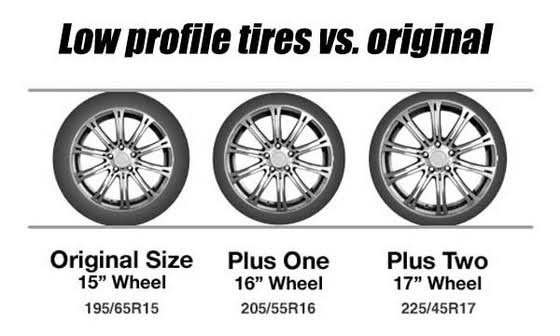
Tread Life
Every car tire has a predetermined lifespan (mileage). It’s important to note that the manufacturer’s stated mileage is only an approximation. Driving style, weather conditions, and other aspects will all affect how long your tires survive. The longevity of a tire is also determined by the rubber compound used in its production.
FAQs
Are low-profile tires less comfortable than regular tires?
The tire sidewall functions as a component of the car’s suspension; if there is less sidewall and less air to absorb impacts, shocks will be transmitted via the wheels and suspension to the cabin, making the ride for passengers less comfortable and noisier than regular tires.
Can low-profile tires be used on any type of car?
Yes, of course. Low-profile tires can be applied on a huge variety of vehicles beginning from mid-sized and sports sedans, and enthusiast hatchbacks to SUVs and minivans. However, if your vehicle from the factory wasn`t equipped with low-profile tires, additional modifications have to be done to the car’s suspension, brakes, and rims.
Do low-profile tires have run-flat technology?
Yes, they have, but not all of them may offer run-flat technology. The manufacturer usually mentions if the low-profile tire has it or not. If your low-profile tire fully deflates, with run-flat innovation you can drive as far as 50 miles to your destination or nearest tire service.
Are low-profile tires good on the highway?
Initially, low-profile tires were intended for supercars whose drivers tested the performance of their vehicles on highways. On the highway, low-profile tires increase the vehicle`s acceleration and improve handling and stability, providing a sport ride.
To compensate for their lower height, low-profile tires feature stronger sidewalls. This, along with the bigger contact patches on the tires, provides more traction and improves handling.
Are low-profile tires good for long trips?
The majority of the low-profile tires are not created for long journeys. However, if you value comfort, ride quality, and quiet, you may think about grand-touring low-profile tires to meet your needs.
Do low-profile tires wear out quicker?
Low-profile tires, like any performance or sport tires, offer greater grip at the expense of quicker wear. Sporty tires have softer materials inside of them that increase traction. Such rubber quickly wears, leaving additional waste on the road.
In most cases, everything depends on the driving style and vehicle low-profile tires are used. Below there is a list of the most common causes of tire wearing faster:
- Low or high tire pressure;
- Vehicle cargo overload;
- Hard cornering at high speeds;
- Instant braking without gradual deceleration before attempting a full stop.
Do low-profile tires affect gas mileage?
The rolling resistance of a tire helps to maximize fuel economy. Lower resistance results in improved fuel efficiency, while higher resistance results in less efficient use of petrol. In addition to having shorter sidewalls than high profile tires, low profile tires also have not-so-deep tread patterns. Shorter side walls and fewer treads work together to lessen rolling resistance, which improves fuel economy.
How many miles do low-profile tires last?
Everything depends on the tire manufacturer, the compound it’s made of, driving habits, and weather and road conditions. Most high-quality low-profile tires vary from 40 to 45 thousand miles lifespan.
Do low-profile tires give a bumpy ride?
Low-profile tires’ short, strong sidewalls may significantly influence ride quality making it rough because they absorb less shock. It means that the tire will react to any road bump or imperfection.
Are low-profile tires noisy?
In most cases yes, especially if you are hitting any portholes and road bumps. The low-profile tires have increased width, which certainly creates additional noise. If you want to enjoy the ride, you may switch to grand-touring low tires which will make your driving quiet and comfortable.



